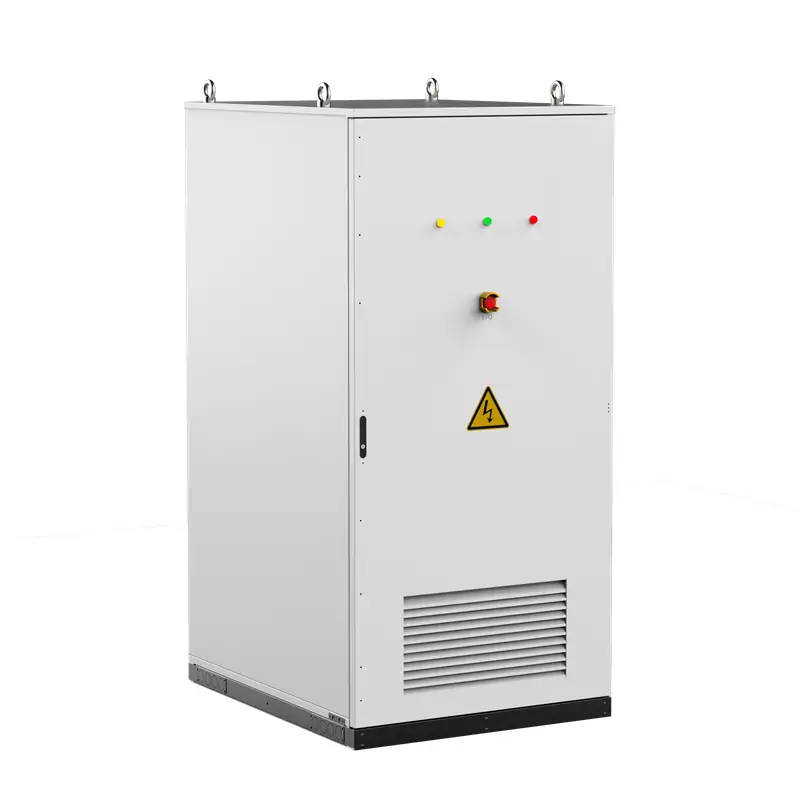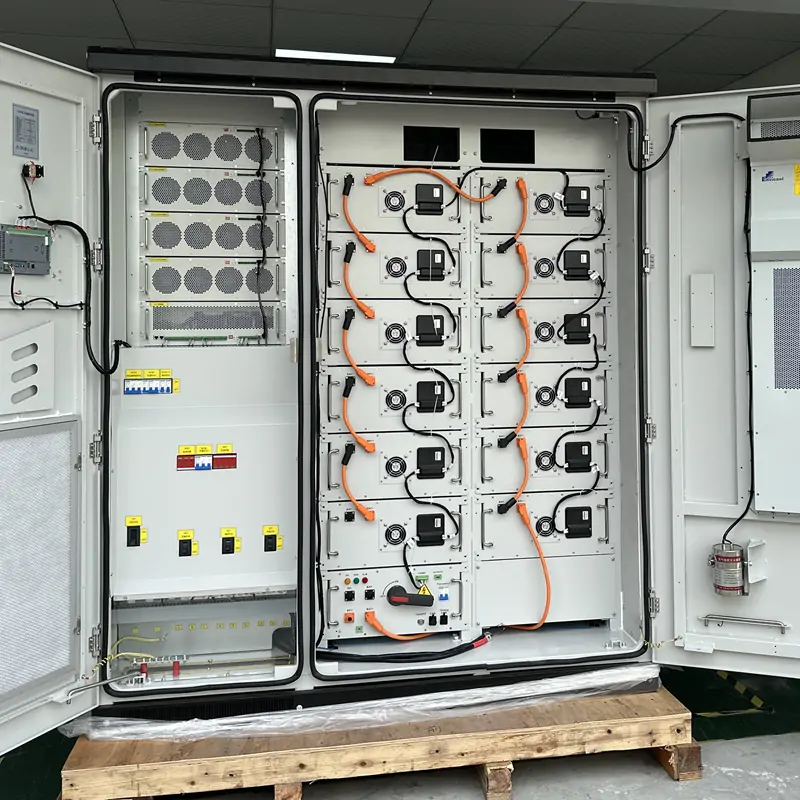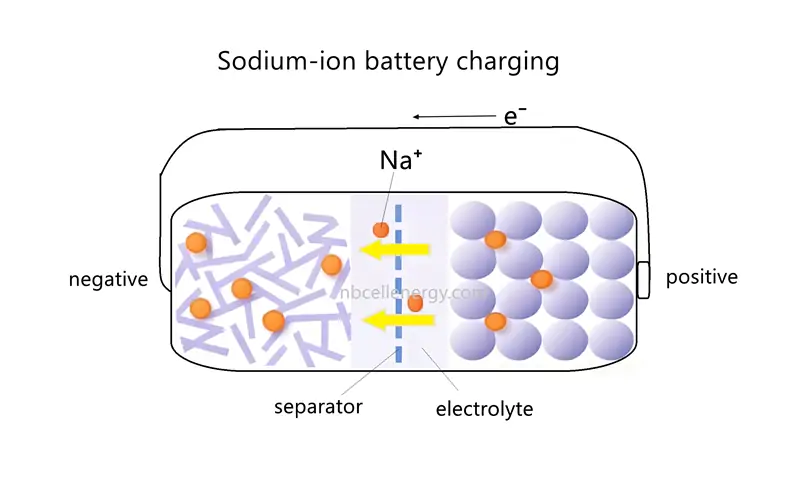Telecommunication battery(telecom battery), also known as telecom backup battery or telecom battery bank, primarily refer to the backup power systems used in base stations and are a core component of these systems. However, their applications extend far beyond this. They are also frequently used in data centers, Internet of Things (IoT) and edge computing devices, and off-grid communication stations, providing an uninterrupted power supply to maintain continuous and stable operation.
Table of Contents
Main Battery Types
Currently, the most common telecommunication batteries are mainly divided into two types: lead-acid batteries and lithium ion batteries. Lithium ion batteries usually use lithium iron phosphate(LiFePO4) battery cells.
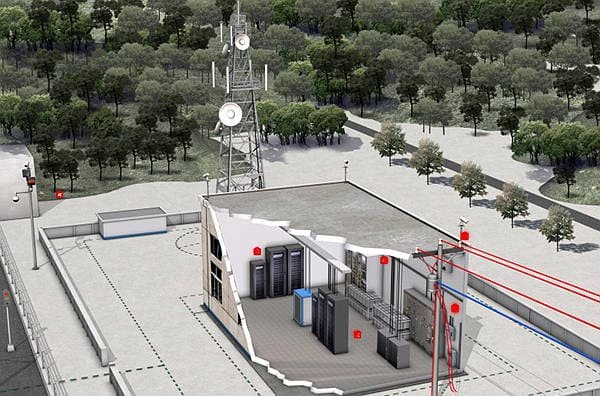
1. Lead-acid Telecommunication Batteries
Valve-regulated sealed lead-acid batteries are currently the most mainstream and widely used lead-acid base station telecommunication batteries. These batteries consist of multiple battery cells connected in series to form a 48V battery pack. They are maintenance-free (no water addition required), sealed to prevent acid leakage, relatively affordable, and feature mature and reliable technology with excellent safety.
2. Lithium ion Telecommunication Batteries
In recent years, with the continuous advancement of battery technology, the application of lithium batteries has continued to grow. Application scenarios in base stations are also evolving, placing higher demands on the weight, volume, and cycle life of telecommunication batteries. Lithium ion batteries are also increasingly being used in telecommunication batteries.
Lithium ion telecommunication batteries typically use lithium iron phosphate(LiFePO4) battery cells, with 15 or 16 battery cells connected in series to form a battery pack. They are characterized by high energy density (lighter and smaller), long cycle life (several times that of lead-acid batteries), excellent high-temperature performance, high charge and discharge efficiency, and improved environmental performance.
3. Lead Acid vs. Lithium ion Telecom Batteries
Cycle Life: Lithium ion telecom batteries typically have a cycle life of over 3,000 cycles, while some LiFePO4 energy storage battery cells can exceed 6,000 cycles. Lead-acid telecom batteries have a cycle life of only 500-600 cycles.
Cost: The initial cost of lead acid telecom batteries is lower than that of lithium ion batteries. However, lead-acid batteries typically have a lifespan of 3-5 years, while lithium-ion batteries have a lifespan of over 10 years. Lithium-ion telecom batteries cover the entire lifecycle of a base station, eliminating the need for mid-life replacement, significantly reducing maintenance costs. Therefore, overall cost of ownership is lower for lithium-ion batteries.
Environmental Adaptability: Lithium-ion batteries have a wide operating temperature range and maintain stable performance across a wide temperature range. Lead-acid batteries have poor low-temperature performance.
Charge and Discharge Rate: Lithium-ion batteries charge 10 times faster than lead-acid batteries, allowing them to be fully charged during low-cost periods and discharged during peak hours. This significantly reduces charging time for base station and improves base station operational efficiency.
Energy Density: Lithium-ion batteries have a much higher energy density than lead-acid batteries. This makes lithium-ion telecommunication batteries smaller and lighter. This makes them particularly valuable for base stations with poor load-carrying capacity or in space-constrained city centers, simplifying site selection.
Environmentally friendly: Lithium-ion batteries do not contain the heavy metal lead, making them more environmentally friendly than lead-acid batteries.

Core Function
The core function of a telecommunication battery is to provide an uninterruptible power supply (UPS).
Telecommunication base stations must operate 24/7. When the grid is operating normally, base station equipment is powered by the grid, which also charges the telecommunication battery. In the event of a power outage, the telecommunication battery seamlessly switches over to provide power to the base station’s critical equipment, ensuring uninterrupted telecommunication.
The capacity of the telecommunication battery determines how long the base station can maintain operation after a power outage (commonly known as “backup time”). This time depends on factors such as the base station’s importance, load size, and operation and maintenance strategy, and can range from a few hours to over ten hours.
Key Performance Requirements
1. Long Life
Base stations typically require batteries with a lifespan of 5-10 years or even longer to reduce replacement frequency and operational costs.
2. High Reliability
Immediate and reliable discharge must be ensured during power outages, ensuring no malfunctions.
3. Wide Temperature Adaptability
Base station ambient temperatures fluctuate significantly (outdoor cabinets experience cold temperatures in the winter and hot temperatures in the summer), requiring batteries to operate normally within a wide temperature range of -20°C to +50°C or even higher.
4. Excellent Charge and Discharge Performance
The batteries must be able to quickly accept a charge (recharge as quickly as possible after power is restored) and stably output the required current.
5. Safety
Lithium batteries require a comprehensive thermal and battery management system to prevent risks such as overcharging, over-discharging, short circuits, and thermal runaway. Lead-acid batteries also require protection against leakage and swelling.
6. Maintenance-Free or Low-Maintenance
Base stations are widely distributed and often located in remote or difficult-to-reach locations, requiring low-maintenance batteries.

Purchase Notes
1. Temperature
A suitable temperature range is most conducive to telecommunication battery operation. In cold or high-temperature regions, battery equipment should be adjusted accordingly to ensure optimal battery operation at a more favorable temperature.
In cold regions, it is recommended to install a self-heating module to maintain electrolyte activity. In high-temperature regions, it is recommended to install a phase change material (PCM) or thermoelectric cooler to control temperature rise. Protection from light and moisture should also be ensured to prevent condensation.
2. Protection and Ventilation
Outdoor cabinet protection generally requires IP55 (overall). This can be adjusted based on environmental requirements, and upgrades are recommended for high-humidity regions. If seismic resistance is required, the brackets must be rigidly fixed. A clearance of ≥30cm is recommended for installation to ensure air circulation and prevent local overheating.
3. Battery Specifications
The nominal voltage is generally 48V or 51.2V. Mixing batteries of different brands, capacities, and old and new batteries is strictly prohibited to avoid voltage imbalance and overcharging risks. Ensure compatible communication interfaces with the power system. Battery SOC and temperature data can be transmitted to the network management center via RS485 for fault warning.
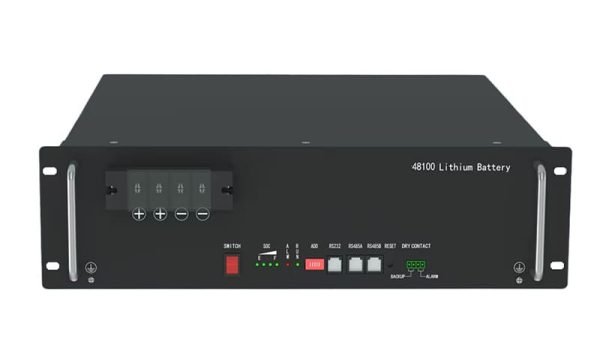
Application Scenario
Large base stations typically have dedicated battery rooms or cabinets, using large-capacity (e.g., 500Ah, 1000Ah) 2V lead-acid battery packs or large lithium-ion battery packs.
Micro base stations, often with limited space, often use smaller-capacity (e.g., 50Ah, 100Ah) 12V lead-acid battery packs or smaller lithium-ion battery packs, installed in integrated cabinets.
Indoor distribution systems are typically installed in weak current shafts or equipment rooms.
Outdoor integrated cabinets have batteries directly integrated into the cabinet.
Data center UPS batteries typically require seamless power delivery within 2ms after a power outage to prevent server downtime. For extended operation, diesel generators may be used. Furthermore, strict safety precautions must be taken in the data center to prevent fires caused by thermal runaway.
If you are interested in communications batteries, please contact NBCELL ENERGY. Common product specifications are as follows:48v/51.2v 50ah 100ah telecom lithium battery. In addition to standard products, we also provide customized services based on specific needs!
Summary
In general, telecommunication batteries are backup batteries used to ensure continuous operation of telecommunication base stations, data centers, and other systems during power outages. Currently, the use of telecom lithium battery is rapidly increasing. These batteries must possess key characteristics such as long life, high reliability, wide temperature adaptability, excellent safety, and maintenance-free operation. They are the last line of defense for uninterrupted power operation in telecommunication networks.

